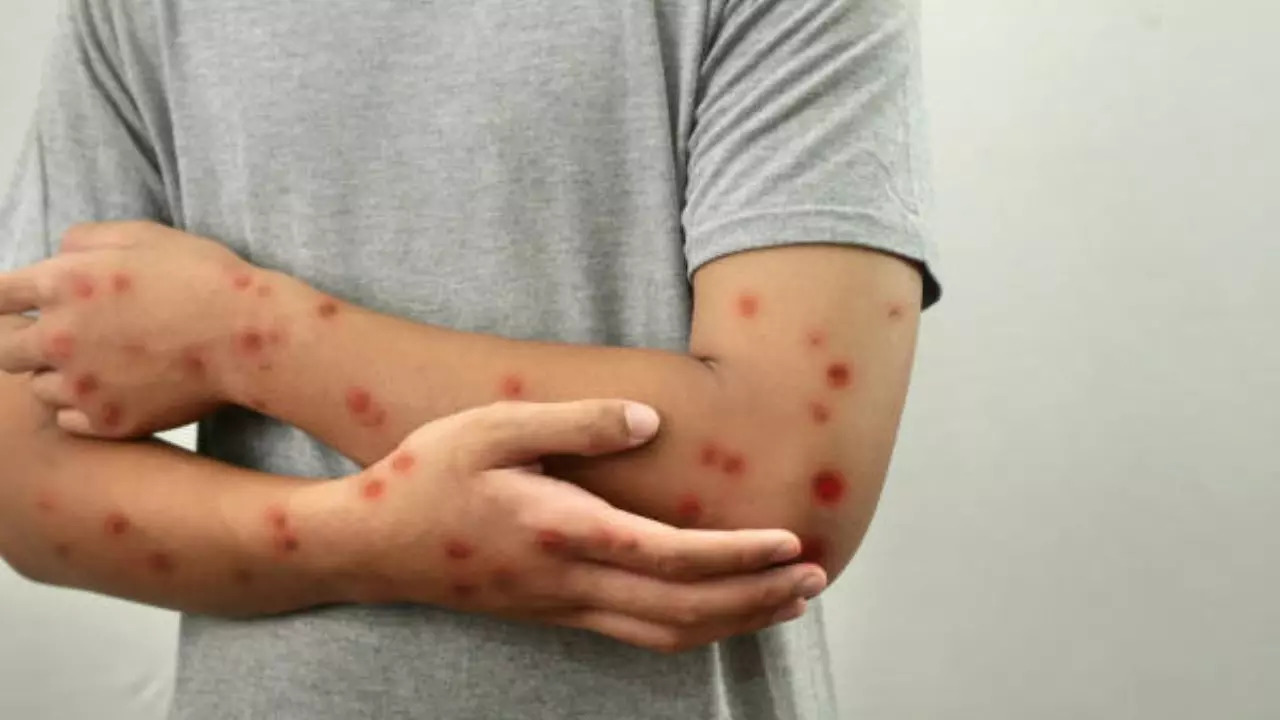Mpox virus outbreak: Expert busts myths about viral disease
The World Health Organisation (WHO) has declared the recent mpox outbreak a global health emergency, as the virus is spreading rapidly and a new strain has emerged. We got in touch with Dr Kuldeep Kumar Grover, who busted myths about mpox, explained its transmission, risk factors and severity. Read on to know more.

MPox outbreak: Expert busts myths about viral disease (Image credit: iStock)
The World Health Organisation (WHO) recently stated that Ampox outbreakA global health emergency, as the virus is spreading rapidly across the world. The decision has been taken amid rising numbers of cases and growing concerns over the emergence of a new variant of the virus. However, the current MPox outbreak has caused unnecessary anxiety by spreading widespread misinformation. How does MPox spread? Are only certain groups at risk? Ways to prevent MPox and many such myths are revolving around MPox.
We got in touch with Dr Kuldeep Kumar Grover, head of the critical care and pulmonology department at CK Birla Hospital, Gurugram, who cleared the myths about ampox. Ampox is a viral disease that causes skin rashes and flu-like symptoms.
Myth 1: Ampox is highly contagious
Dr Kuldeep explains that there is a myth that just like COVID-19, ampox is highly contagious and spreads rapidly from person to person. However, personal contact with an infected person is the main route of transmission of ampox, particularly through bodily fluids, respiratory droplets or contact with contaminated objects such as clothing or bedding.
fact: Ampox is less contagious than many other viral illnesses because it requires direct contact to transmit, whereas airborne viruses do not. The risk of catching ampox from brief contact with infected people is very low because the virus is not easily transmitted through touch.
Myth 2: Only certain groups are at risk
Dr Kuldeep said that one myth is that only people living in rural or poor areas belong to a particular group who suffer from ampox.
fact: Ampox is more prevalent in areas such as central and western Africa. Recent outbreaks have demonstrated that anyone can become infected with the disease, regardless of location or socio-economic status. Age, gender or background are not factors when it comes to ampox, so it is important that everyone understands the risks and takes precautions.
Myth 3: Ampox is always serious
Dr Kuldeep says a common misconception is that ampox is always a severe disease with a high mortality rate. While most cases of ampox are mild and resolve on their own, in some cases it can be dangerous, especially for people with weakened immune systems.
fact: Fever, headache, muscle aches, and a rash ranging from red spots to blisters and crusts are common symptoms. In most cases, the disease resolves in two to four weeks without requiring a hospital stay. Although mortality rates fluctuate depending on the type of virus and the general condition of the patient, they are often low compared to other viral infections.
Myth 4: There is no cure for ampox
Dr Kuldeep said it is a common misconception that there is no cure for ampox, raising concerns about its uncontrolled outbreak.
fact: Supportive therapy can successfully control symptoms and minimize consequences even in the absence of a specific antiviral drug for mumps. This care includes avoiding secondary infections, controlling pain and fever, and keeping the patient hydrated. Antiviral drugs designed to treat smallpox can sometimes be used off-label to treat severe cases of mumps. In addition, it has been demonstrated that vaccines designed to prevent smallpox can also prevent mumps, providing additional protection to susceptible individuals.
Myth 5: Ampox can be prevented by simply staying away from animals
Dr Kuldeep said that there is a common myth that the best way to prevent ampox is to stay away from animals.
fact: Although ampox is a zoonotic disease (it can spread from animals to people), it can also spread from person to person, especially during epidemics. Therefore, preventive measures should include not only staying away from potentially infected animals, but also maintaining hygiene, including frequent hand washing and avoiding close contact with sick people.
Get the latest news on Times Now as well as breaking news and top headlines from across health and the world.


